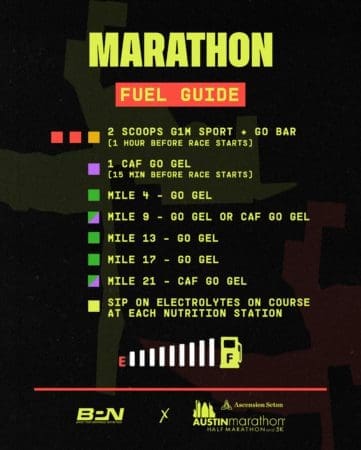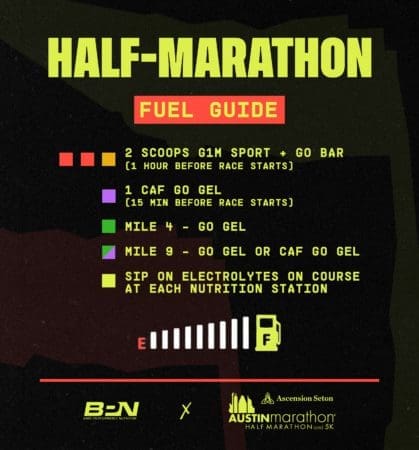The Ascension Seton Austin Marathon Invites Top Female Runners for 2025 Competition
Prize purse totals $20,000 for Marathon Distance
The Ascension Seton Austin Marathon, is calling for elite female runners to apply for the 2025 Elite Athlete Field before the December 31 deadline. This program, now in its eighth year, seeks to elevate female competition and showcase emerging talent. FloTrack will provide live coverage, spotlighting the intense competition among elite athletes and capturing their achievements throughout the event, showcased during the broadcast. Mark your calendars for the annual running event, scheduled for February 16, 2025.
Elevated Prize Purse for 2025
For 2025, the prize purse for the marathon elite field has been elevated to an impressive $20,000, divided between 1st-5th place and split evenly between male and female divisions.
Prize Distribution:
- 1st Place: $4,000
- 2nd Place: $3,000
- 3rd Place: $1,500
- 4th Place: $1,000
- 5th Place: $500
While no prize money is allocated for the half marathon, elite runners can avail themselves of a complimentary entry if they meet the specified standards (refer to the guidelines below). Women interested in joining this prestigious field are encouraged to apply today.
“We’re proud to see the Elite Athlete Program fostering growth, with several participants achieving Olympic Marathon Trials qualifications,” said Emily Stevens, Athlete Services Manager at High Five Events. “We’re particularly excited to see even more elite women join us this year, as their presence elevates the competition and inspires others to aim high.”
Recent Female Elite Winners
- 2024
- 1st: Damaris Areba 02:38:52.0
- 2nd: Leah Rotich 02:39:33.1
- 3rd: Hellen Jepkurgat 02:40:05.4
- 4th: Sonia Laguna Lopez 02:45:47.0
- 5th: Flavious Kwamboka 02:48:41.1
- 2023:
- 1st: Damaris Areba 02:36:48.2
- 2nd: Sarah Jackson 02:44:16.1
- 3rd: Winny Jepkorir 02:47:19.8
- 4th: Allison MacSas 02:50:35.2
- 5th: Tess Wilberding 02:59:15.0
Applicants interested in joining the Elite Field must adhere to the following requirements:
- Submit the Elite Application before the December 31 deadline.
- Non-U.S. applicants must be represented by a Coach or Sponsor.
- Rolling applications accepted until December 31, 2024. Submissions received post-deadline will be reviewed on a case-by-case basis, with athletes notified of their selection by a representative of The Austin Marathon.
All athletes, including those in the Elite Field, are subject to random pre- and post-race drug testing. Prize checks will be mailed post-race upon completion of the drug testing protocol. Only Full Marathon runners accepted into the Elite Field are eligible for prize money, and they are not eligible for age group awards. All prize money and elite field awards are based on gun time, not chip time.
For questions or additional information, please contact elites@youraustinmarathon.com. Please allow 7-10 business days for a response.
About the Ascension Seton Austin Marathon®: Since its inception in 1992, the Austin Marathon® has emerged as a world-class running event, attracting participants from all 50 states and over 50 countries. With a course that spans every quadrant of this dynamic city, offering a festive atmosphere with live music throughout, the marathon culminates in a vibrant finisher party. The event also serves as a powerful force for good, raising hundreds of thousands of dollars annually for various non-profit organizations. The Austin Marathon elevates Presidents Day weekend into a grand showcase of athleticism and community spirit, making it a bucket-list event for athletes, enthusiasts, and supporters from all over the world.
About High Five Events: High Five Events is the parent company of the Austin Marathon, Half Marathon & 5k, 3M Half Marathon, CapTex Triathlon and Kerrville Triathlon Festival. With over 150 years of combined experience, the High Five Events team specializes in organizing large-scale events across diverse venues, solidifying their presence on the Inc. 5000 List of Fastest Growing Companies in 2019 and 2020.





